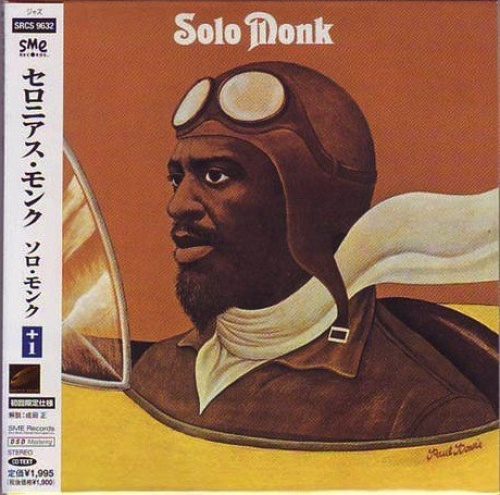The Unique Sounds of Thelonious Monk

Born Thelonious Sphere Monk Jr. to parents Barbara and Thelonious Monk Sr., Thelonious was born on October 10, 1917 in Rocky Mount, North Carolina. At the age of 4 his parents decided to move to New York City, where he grew up and started his career. Around the age of six Monk began teaching himself to play piano. Inspired by the Harlem stride pianists which included his neighbor James P. Johnson, Monk began studying classical piano at eleven. He attended Stuyvesant High School which was a public school for gifted students, but dropped out to go on tour as an accompanist to an evangelist called “Texas Warhorse”. Around the mid-1940s Monk got a job as the house pianist at a nightclub called Minton’s Playhouse. After, many after-hours cutting session with many well know jazz artist of the time, this is where Monk created and developed his unique style. These session played an essential role in the creation of bebop. Despite his style being largely criticized, by 1947 Monk’s musical style was fully developed and was never changed throughout his career.
What is Jazz?
Jazz is a genre of music created by African Americans in the late 19th and early 20th centuries. Buddy Bolden is considered to be the first person to play what is now known as Jazz. The style is characterized by it’s improvisation, syncopation, and it’s regular or forceful rhythm. The root of Jazz music stemmed from ragtime and in many ways blues. There are many styles of jazz which include: trad (traditional), swing, bebop, hard, fusion, free, cool, modal, etc.
Career
In 1944 Thelonious Monk released his first known recording while he was a member of Coleman Hawkins’s quartet. Monk didn’t record under his own name until 1947 when he played lead for Blue Note. In 1945-1954, Monk had a difficult time getting his music heard because of its new and unique sound. This new sound and his personal style made people often assume he was crazy. In 1955, Riverside and producer Orrin Keepnews signed Monk and persuaded him to record an album of Duke Ellington tunes. In 1956 came the classic Brilliant Corners album, but it wasn’t until the following year that people started to accept his artistry. Monk was booked into the Five Spot cafe as an ongoing performer and was accompanied by a quartet that featured saxophonist John Coltrane. These performances made jazz critic rethink their opinion and skyrocketed his career. In 1962 he signed with Columbia and two years later was on the cover of Time magazine. A second orchestra concert in 1963 was even better than the first and Monk toured continuously throughout the 1960s with his quartet which featured Charlie Rouse. He played with the Giants of Jazz during 1971-1972, but then in 1973 he retired.
Long Live a Legend

Monk was suffered from mental illness and, other than a few special appearances during the mid-’70s, he lived the rest of his life in seclusion until his death in 1982.


